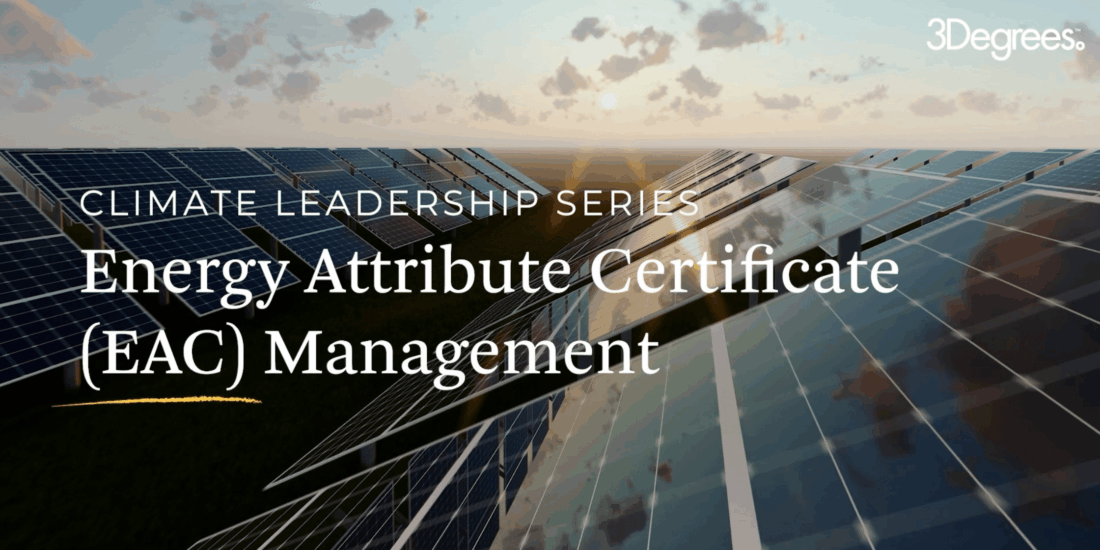Filter Insights by:
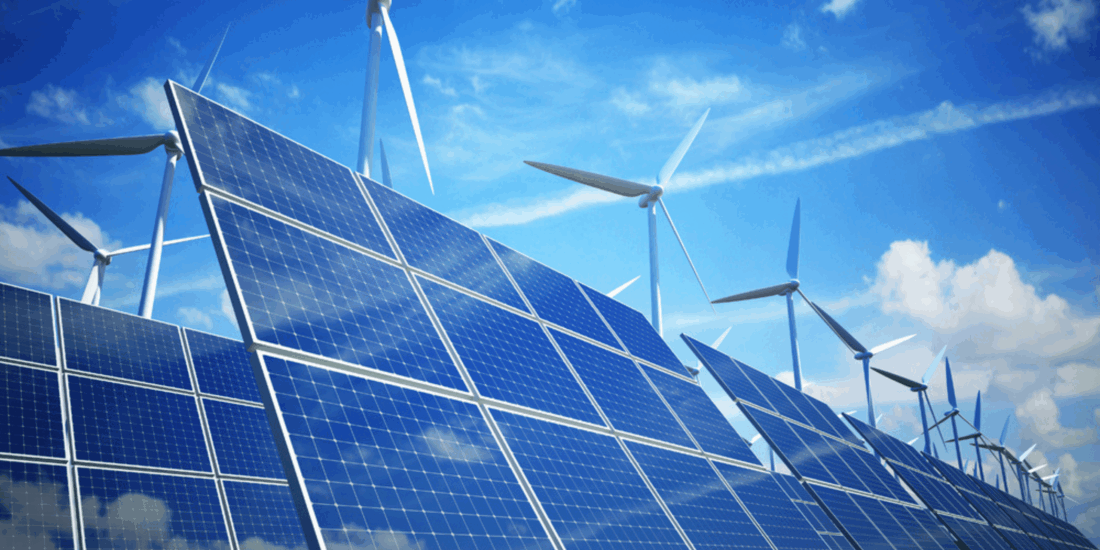

We investigated what an carbon-matching approach could mean for corporate renewable energy strategies—and the results are compelling.
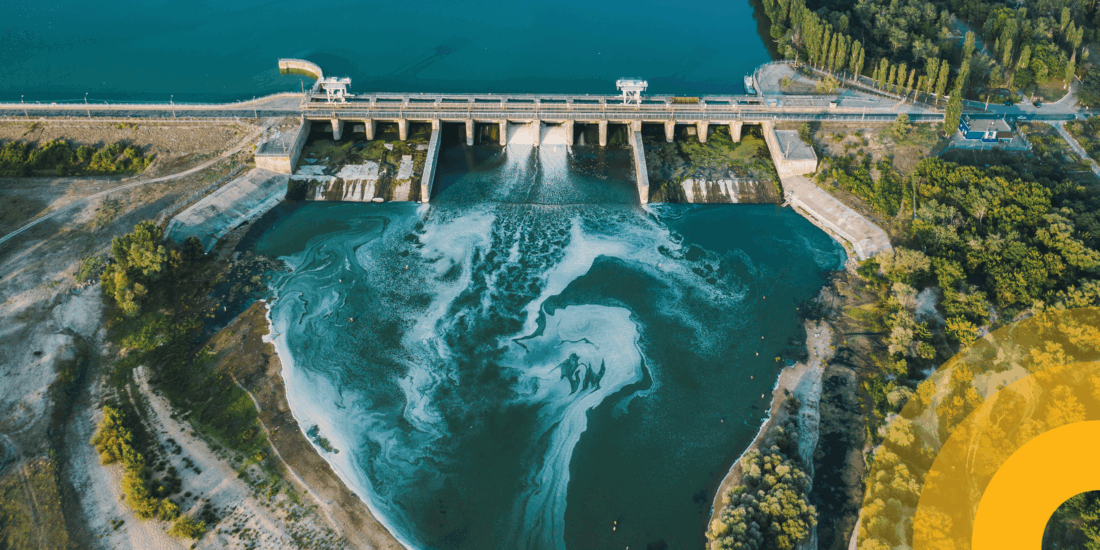
Proposed SBTi changes could both ease and increase challenges for companies in accessing emissions reduction solutions

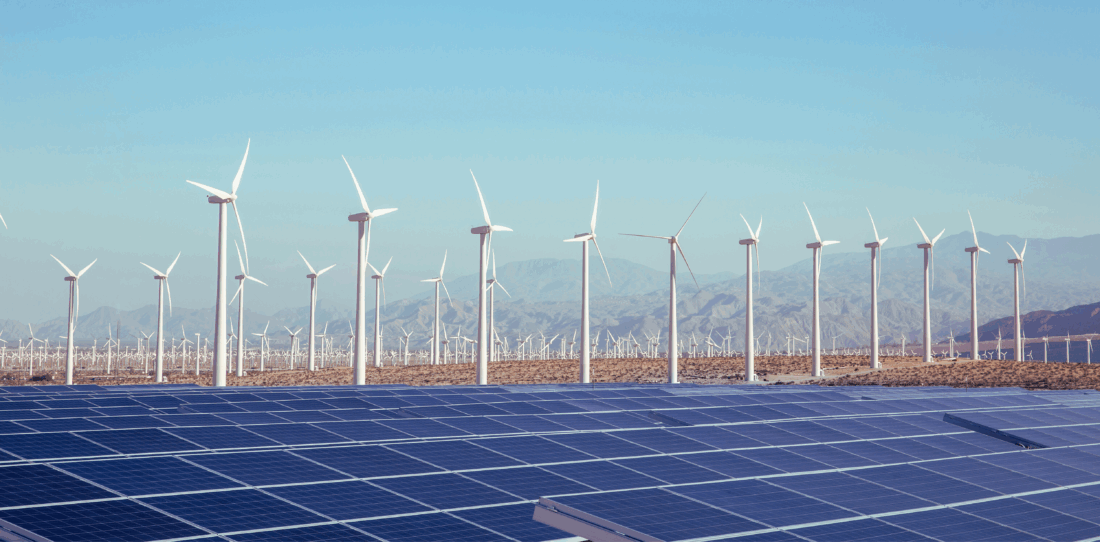
Key VPPA considerations for organizations seeking scalable, cost-effective renewable energy procurement.

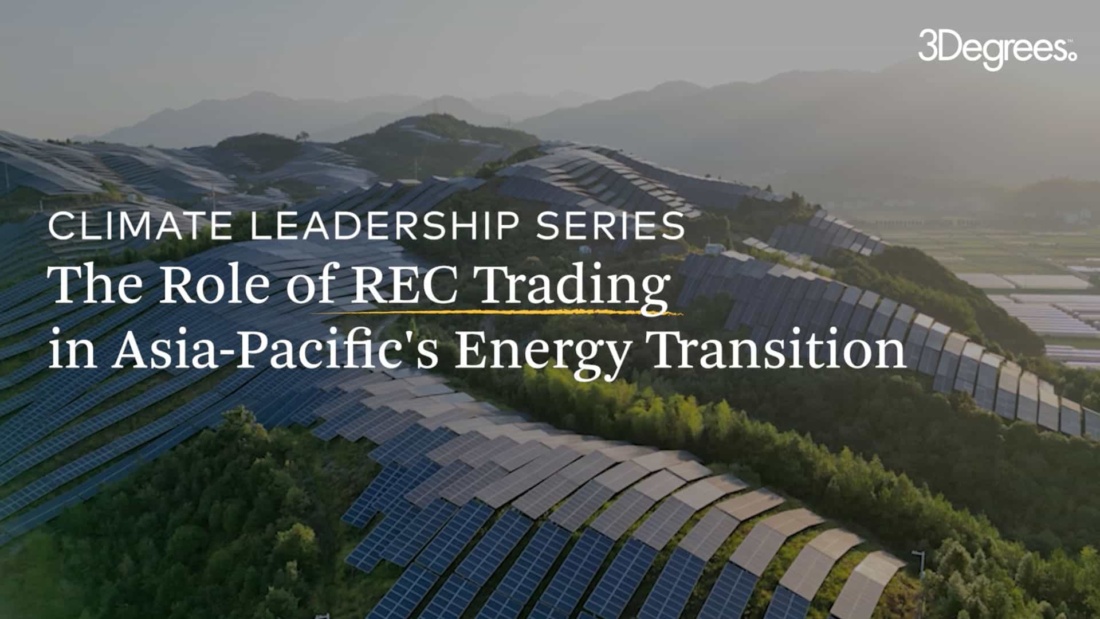
As companies decarbonize their supply chains, RECs are emerging as a key tool—particularly in Asia-Pacific. This video explains how they work, the types available, and what’s driving demand in the region.
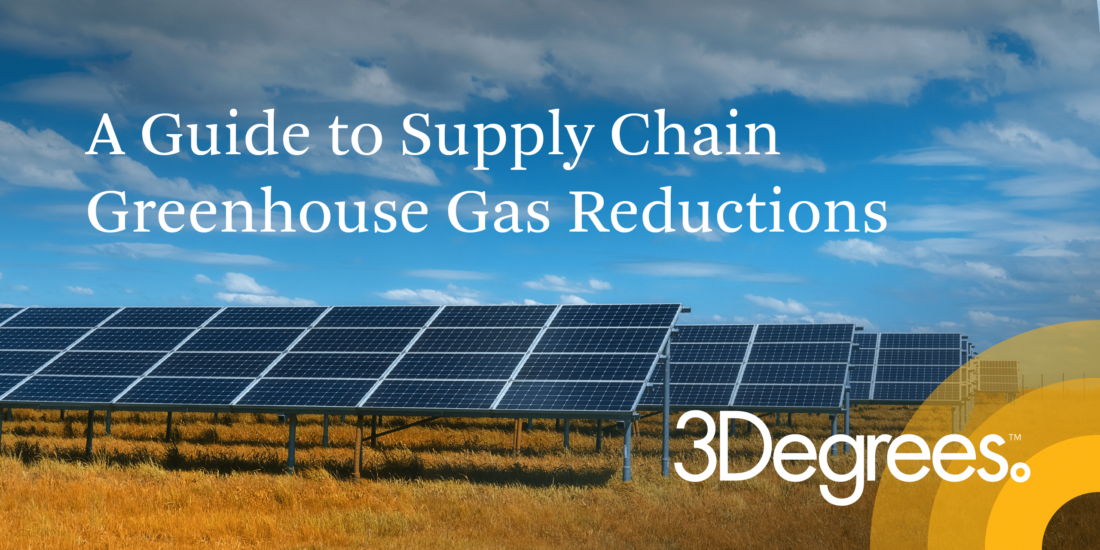

We examine the challenges companies face in meeting near-term supply chain emissions targets amid lagging updates to major climate standards, explore best practices for applying market-based accounting approaches to supply chain decarbonization, and introduce our Supply Chain Emissions Reduction solution.
